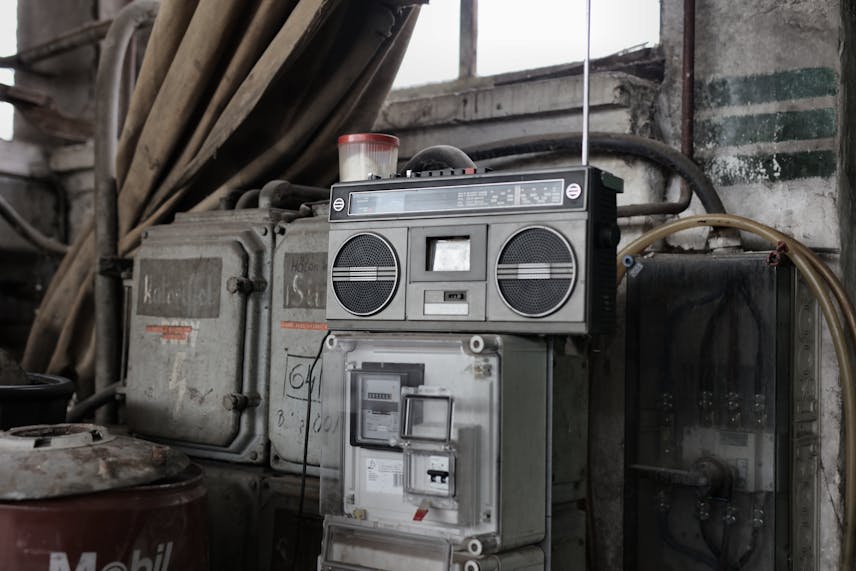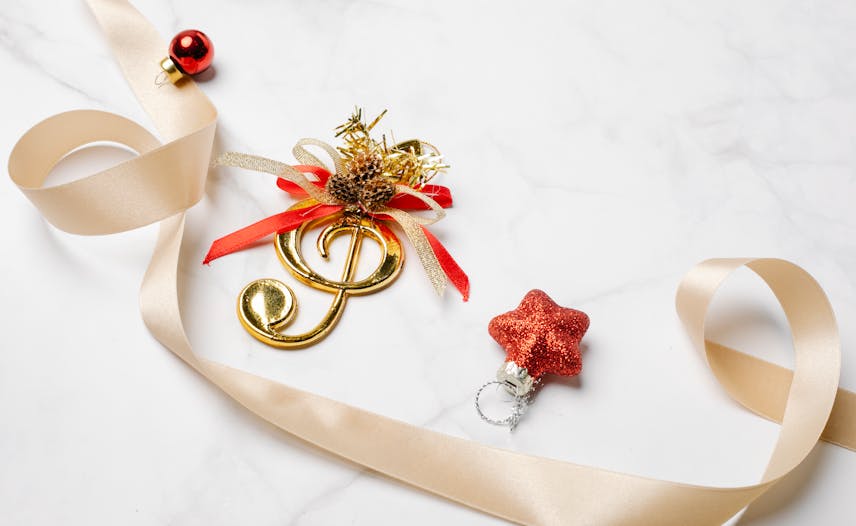When discussing drums for lofi, we delve into the essence of what makes this genre so uniquely captivating. Lofi, a term short for ‘low fidelity’, has skyrocketed in popularity due to its soothing, mellow vibes that blend seamlessly into the background, perfect for studying, relaxing, or just unwinding after a long day.
Understanding the Role of Drums in Lofi Music
The beat, created by the drums, acts as the heartbeat of lofi music. It provides the foundational rhythm that all other elements of a track build upon. Unlike in many other genres, where drums are meant to stand out, lofi drums often take a subtler approach. The aim is to induce a state of calm rather than to energize, and this is achieved through specific production techniques.
The Signature Sound of Lofi Drums
One hallmark of lofi drumming is the use of vintage or vintage-sounding drum machines. Devices like the Roland TR-808 or Akai MPC series are popular for their warm, analog sounds that can be further ‘degraded’ to achieve that characteristic lofi crackle and hiss. Sampling is also a critical part of creating lofi beats, with producers often incorporating snippets from old records to give their tracks an authentic, nostalgic feel.
Production Techniques for Crafting Lofi Drum Beats
Producers often employ techniques like bit-crushing, downsampling, and reverb to create a sense of space and age. Additionally, the use of sidechain compression, where the kick drum is used to duck the volume of other tracks, helps in creating a pulsating effect that gives lofi music its relaxing, almost hypnotic rhythm.
Choosing the Right Drum Patterns and Tempos
When it comes to drum patterns, lofi typically favors simple, laid-back grooves. Complex drum fills and high BPMs are seldom found in this genre. Instead, producers opt for slower tempos that evoke a sense of tranquility. The use of swing, or slightly off-beat rhythms, adds to the chilled-out feel, making the beat feel more organic and less rigid.
Essential Equipment for Lofi Drum Production
It is not just about the software or samples used; the hardware plays a pivotal role as well. Drum pads, sequencers, and analog drum machines are essential tools for many lofi producers. These instruments allow for hands-on beat-making, giving the producer the ability to inject human imperfections into the music, which is a key characteristic of the lofi sound.
Software Plugins and Sample Packs
For those working within a digital audio workstation (DAW), there are numerous software plugins and sample packs dedicated to achieving the perfect lofi drum sound. These resources provide an accessible entry point for newcomers to the genre and offer a vast array of sounds that can be manipulated to fit any lofi track.
Integrating Melodic Elements with Lofi Drums
Beyond the drums, the integration of melodic elements is crucial. Soft pianos, muffled horns, and subtle synth lines often accompany the drum beats, creating a full-bodied sonic experience. The drums might be the heart, but these instruments are the soul, and together, they form the complete lofi soundscape that listeners have come to adore.
Incorporating Live Drumming into Lofi Music
While much of lofi is created electronically, there is a growing trend of incorporating live drumming into the mix. This organic approach can add a new layer of authenticity and can be particularly effective when blended with electronic elements.
Live drummers in the lofi scene often use brushes or mallets instead of traditional drum sticks to achieve a softer sound. Additionally, they may play around with unconventional objects or surfaces to create unique percussive sounds that can make a track stand out.
Creating Atmosphere with Ambient Sounds
Apart from the music itself, lofi often includes ambient sounds like rain, café chatter, or vinyl crackles. These sounds, when layered with the drums, help to create the immersive atmosphere that defines the genre.
In conclusion, drums for lofi are more than just a rhythmical foundation; they are a canvas for creativity and experimentation. The unique production techniques, coupled with a keen ear for blending the old with the new, create an auditory experience that both relaxes and inspires.


